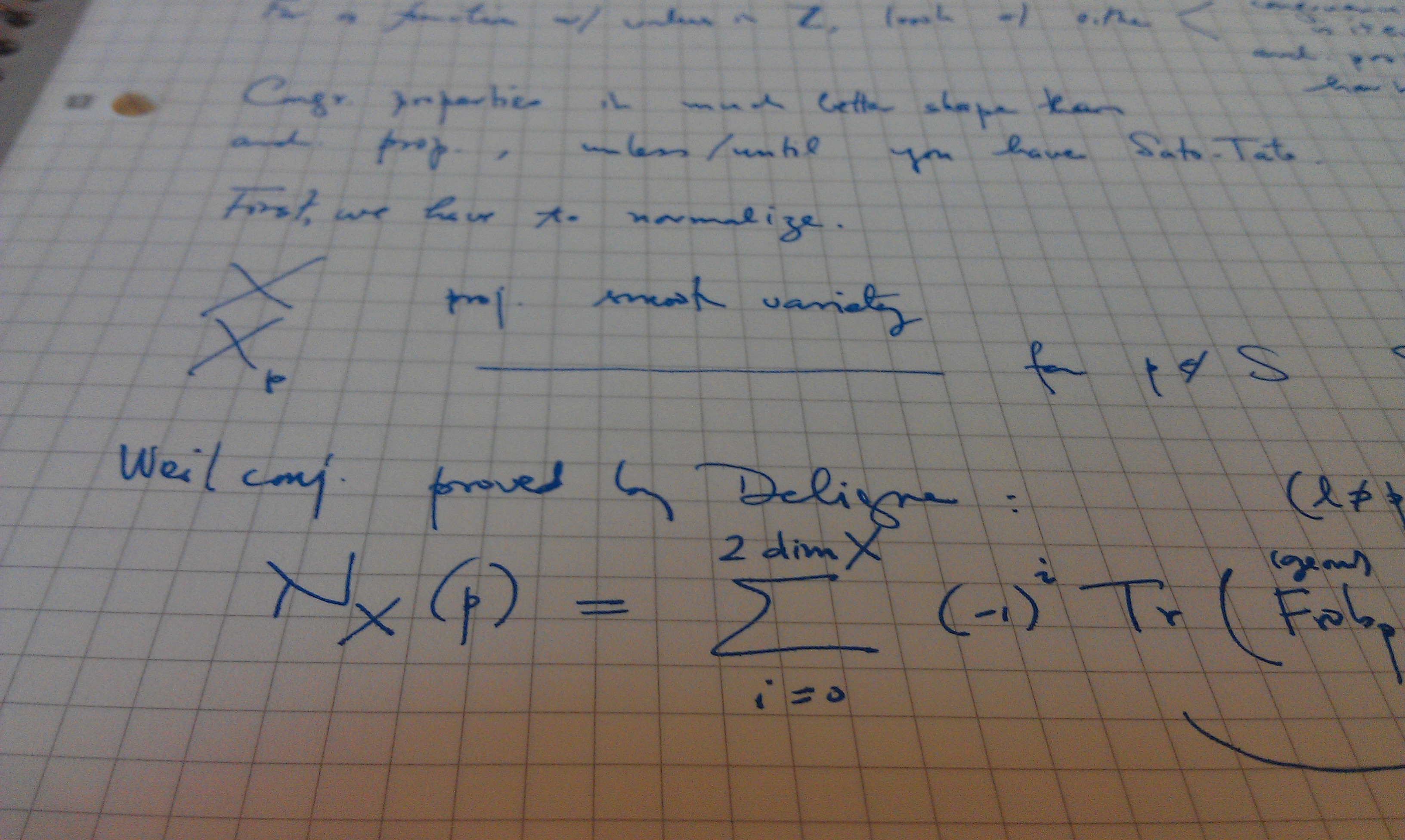Homogenization of mesoscopic theories: Effective properties of model membranes
Publication Date
2002
Journal or Book Title
AICHE JOURNAL
Abstract
A new mathematical framework for modeling diffusion in nanoporous materials or on surfaces exhibits heterogeneity in properties over large length scales and retains molecular scale information, typically captured only by molecular simulations (kinetic Monte Carlo). It first uses newly developed mesoscopic equations derived rigorously from underlying master equations by coarse-graining statistical mechanics techniques. Homogenization techniques are then used to derive the leading-order effective mesoscopic models that are subsequently solved by spectral methods. These solutions are also compared to direct numerical simulations for selected 2-D model membranes with defects, when attractive adsorbate-adsorbate interactions affect particle difSsion. Both the density and dispersion of defects significantly alter the macroscopic behavior in terms of fluxes and concentration patterns, especially when phase transitions can occur. In the presence of adsorbate-adsorbate interactions, permeation through a nanoporous film can depend on the face of a membrane exposed to the high-pressure side. Homogenization techniques also could offer a promising alternative to direct numerical simulations, when complex, large-scale heterogeneities are present.
Pages
1083-1092
Volume
48
Issue
5
Recommended Citation
Lam, R; Vlachos, DG; and Katsoulakis, MA, "Homogenization of mesoscopic theories: Effective properties of model membranes" (2002). AICHE JOURNAL. 466.
Retrieved from https://scholarworks.umass.edu/math_faculty_pubs/466

Comments
The published version is located at http://onlinelibrary.wiley.com/doi/10.1002/aic.690480517/abstract